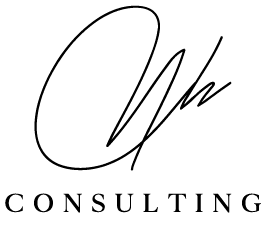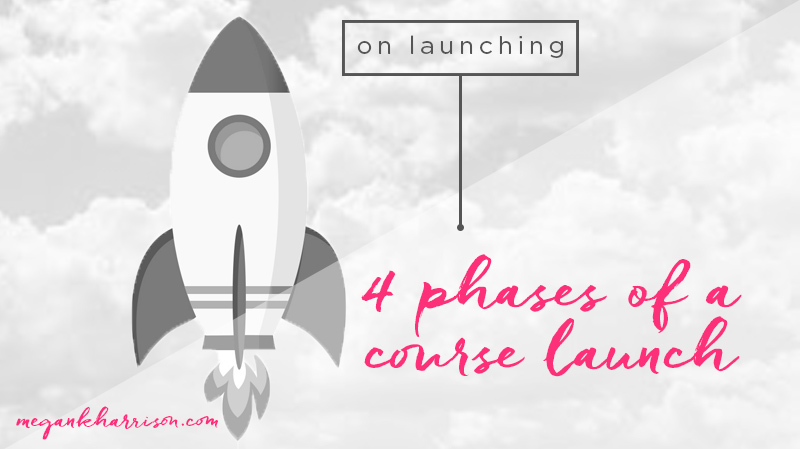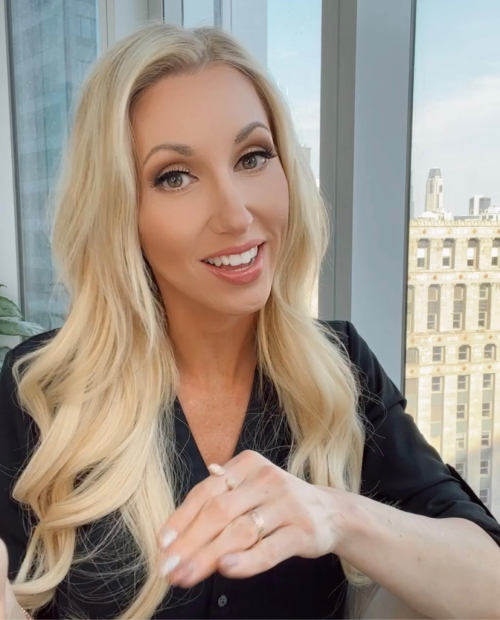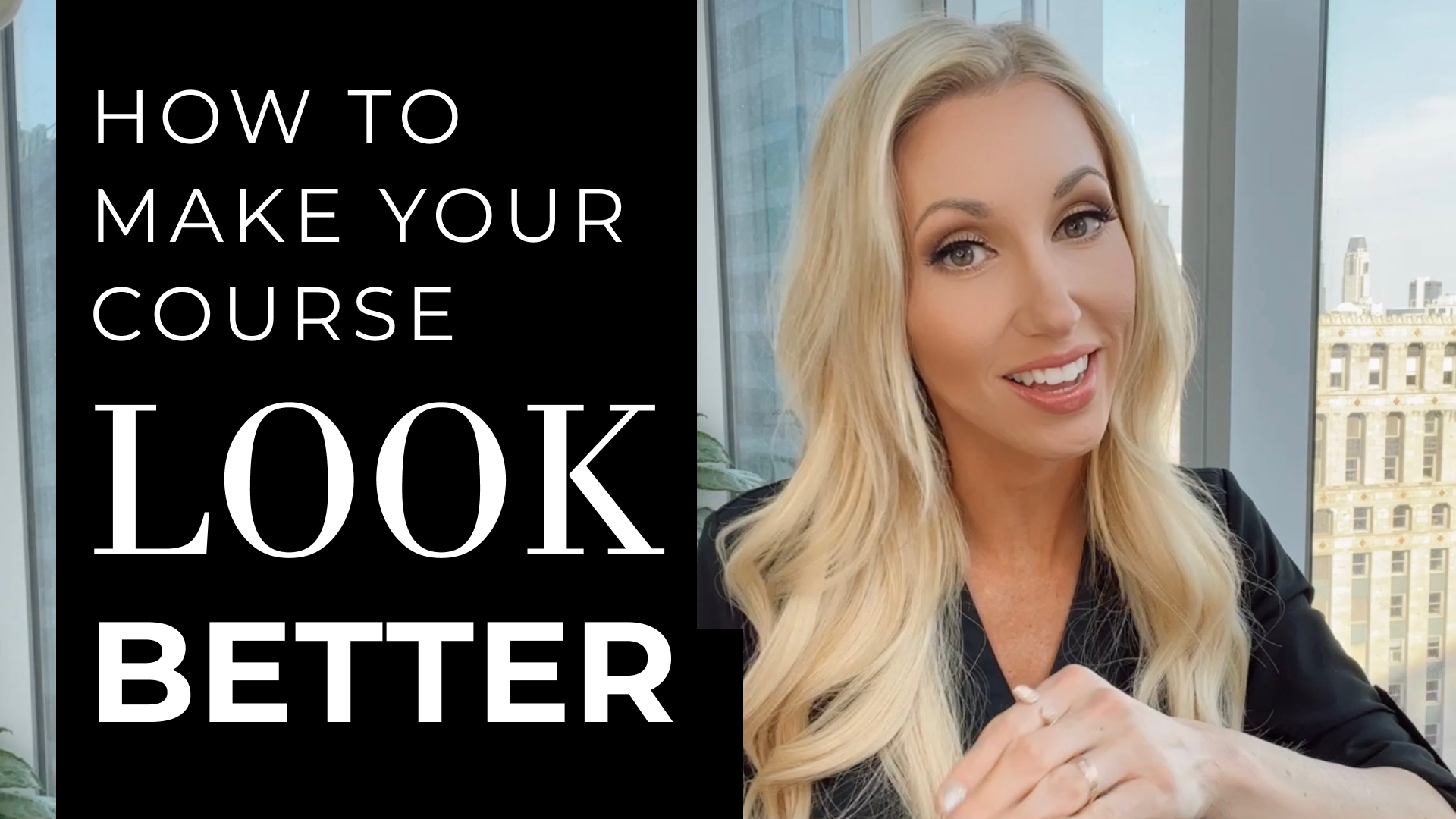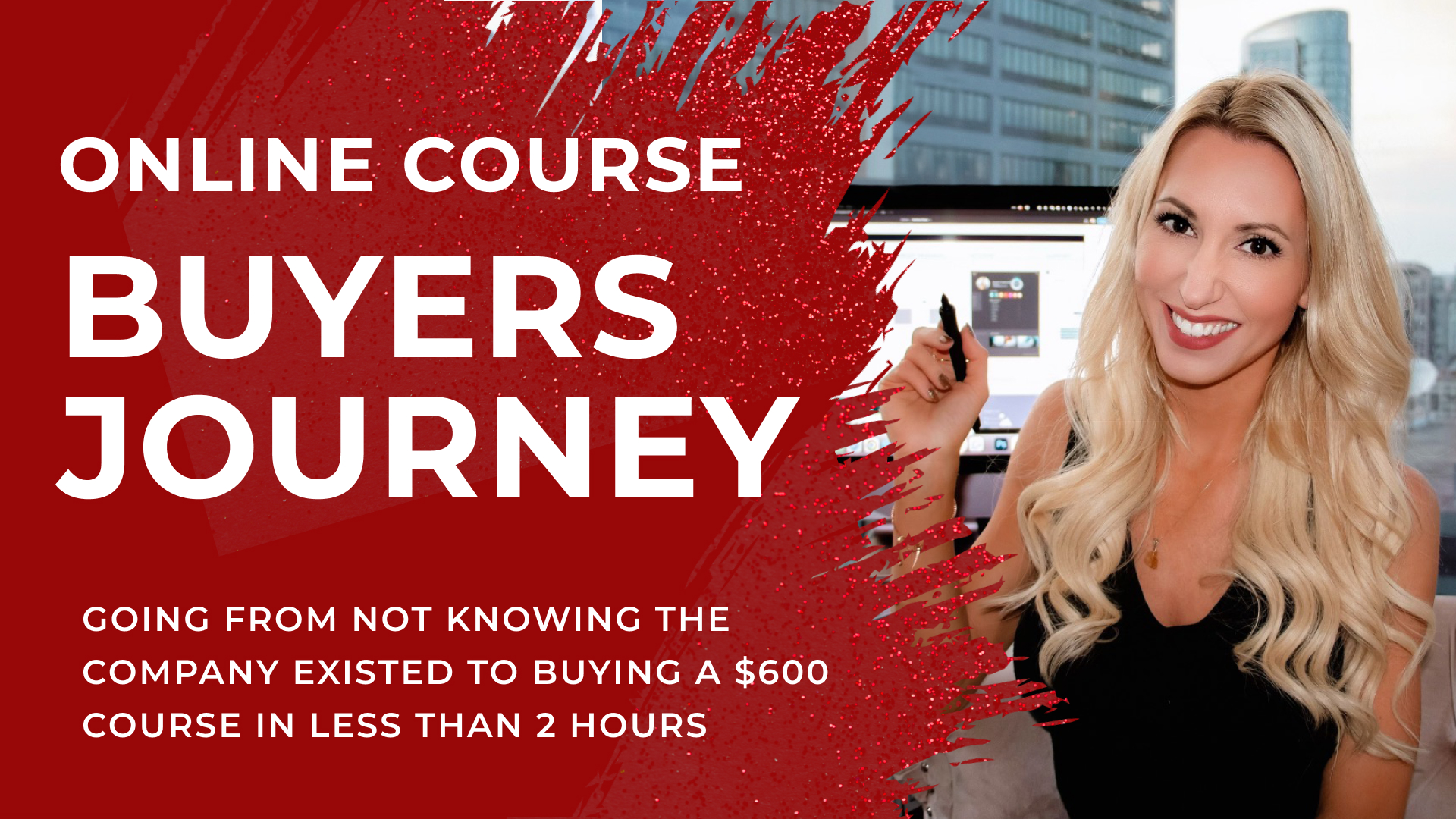Regardless of what launch strategy you use, whether it be a Jeff Walker style 4 part free video series, a webinar launch, or a 5-day challenge, there are typically 4 main phases of launching your online course.
So let’s break it down…
Each phase of a launch has different goals and they all work together to create a cohesive and successful course launch. Click below to download the launch phase plan spreadsheet to outline your own launch plan.
Phase #1: The Pre-Pre Launch
Purpose
The purpose here is to prime your audience for the upcoming launch, build excitement and anticipation, as well as generate more qualified leads.
When
The ideal time for a pre-pre-launch is two weeks before you start your official pre-launch content.
How
Plan on creating two pieces of content that directly relate to your course. This can be in whatever form of content marketing that works best for you such as blog articles, podcasts or videos. The important elements of a pre-launch are…
- It is high-value content created specifically for your ideal customer of your course.
- You create a lead magnet for the pre-pre-launch content as well. This allows you to capture email addresses of people who are interested in this content.
***Warning – do not use a generic lead magnet. This defeats the purpose. The lead magnet should be directly related to your pre-pre-launch content. If someone is taking the time to read a blog article on a topic and you have a lead magnet embedded in the blog post that relates to the post, there is a very high probability that the viewer will opt-in. This allows you to begin to build a list of highly targeted prospects for your upcoming launch.
Examples
If you were creating a course on how to create and get booked for $30k keynote speeches, a great piece of pre-pre-launch could be a blog article titled “The 6 key elements of a keynote speech” with a keynote speech checklist as a lead magnet.
( Sidenote – I don’t know anything about writing a keynote speech so there are most likely not 6 key elements of a keynote speech 🙂 )
Phase 2: Pre-launch
Purpose
The purpose of a pre-launch is to build a relationship with your audience, create excitement and anticipation, and leverage basic human psychological triggers throughout the process such as reciprocity, scarcity, and social proof.
Your pre-launch content should serve as a sneak peak into your full course. It’s like when you go into an ice cream shop and try a sample before you choose what flavor you want. If your pre-launch content is engaging and super valuable, people are going to want the real deal.
When
The pre-launch will take place immediately after your two weeks of pre-pre-launch and right before the open cart phase. The exact length varies with each launch strategy but typically runs between 10 – 17 days.
How
The best pre-launch strategy will depend on your unique course and various factors such as the price of the course, your audience, and where it falls in your sales funnel strategy but the most common types of pre-launches are a 4-part free video series, a webinar launch or a free challenge. The free Launch Campaign Matrix Workshop goes into a lot more detail on these campaigns.
Examples
Facebook ad for Jeff Walkers Product Launch Formula Pre-Launch

Phase 3: Open Cart
Purpose
The purpose of the open cart phase is to sell your course! It’s time to finally see an ROI on all that time, energy, and money you invested into creating an amazing product. The important concept here is that people need a reason to buy. People are great at procrastinating and if your course is always available your sales will be much lower.
When
Immediately after the pre-launch and typically runs for 5-7 days.
How
During the open-cart phase, you will send a series of emails to your list. If the launch is a live launch rather than an evergreen launch, most people will run a live webinar or Facebook live Q&A sessions. You will want to be super engaged during the open cart phase and utilize psychological triggers to encourage your audience to buy such as social proof, scarcity, and curiosity.
Examples
A great strategy is to do a Facebook Live Q&A session to help overcome objections and then turn this into a Facebook ad like Digital Marketer did for their most recent launch.

Phase 4: Post-launch
Purpose
The purpose of the post-launch is to deliver an amazing experience for your new customers, eliminate buyers remorse, and maximize your revenue with a downsell offer for those who did not buy.
When
Immediately upon purchase and after the cart closes.
How
After any purchase is made, people typically begin to immediately questoin whether they made the right decision, especially if it was a high-priced course. It’s important to let your customers know that investing in your program was a smart move.
This can be accomplished by creating an onboarding email sequence for your new customers that is sent over a period of time and keeping engagement high within a private Facebook group.
It’s also important not to forget about your subscribers who did not purchase. After the cart closes, you can offer a downsell option or follow up by thanking them for participating in the free training and asking for feedback on why they decided not to buy.
Maybe the price of the course was outside their budget but they would love to purchase your entry level course at a lower price point.
Examples
Marie Forleo does an excellent job of onboarding her new customers that purchase B-School by sending an inspirational onboarding sequence, welcome video and running a highly engaged Facebook group for the program.

Put It To Use
Once you have your strategy in place and your content planned, it’s time to automate these launch phases!
